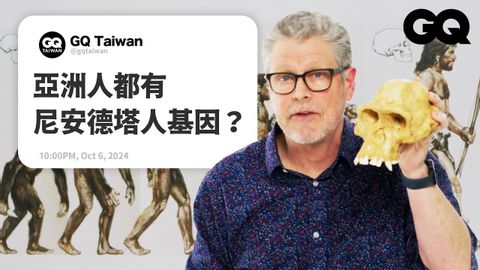古人類學家網路解答疑問!《冰原歷險記》超符合史實? 古人類的人緣比你好?穴居人其實不愛住洞穴|名人專業問答|GQ 臺灣 (古人類學家解答網路疑問!《冰原歷險記》超符合史實?古人類的人緣比你好?穴居人其實不愛住洞穴|名人專業問答|GQ Taiwan)
Watson Hsiao 發佈於 2024 年 10 月 09 日  沒有此條件下的單字
沒有此條件下的單字US /məˈtɪriəl/
・
UK /məˈtɪəriəl/
- n. (c./u.)布料;素材;資料;材料;物質
- adj.重要的;物質的
- v.i.趨向
- v.t.照料;照顧
- v.t./i.傾向;趨向
US /ˈækjərɪt/
・
UK /ˈækjərət/
